Investing in irrigation infrastructure to serve production for people in difficult areas is one of the issues that Quang Ninh province is very interested in.
Focus on infrastructure investment
Quang Ninh province has 56 communes and towns in ethnic minority and mountainous areas, with over 162,530 people, accounting for 12.31% of the province's population, living in localities with important positions in national defense, security and national borders. Currently, the rate of poor and near-poor households in Quang Ninh province is mainly in mountainous, border and island areas.
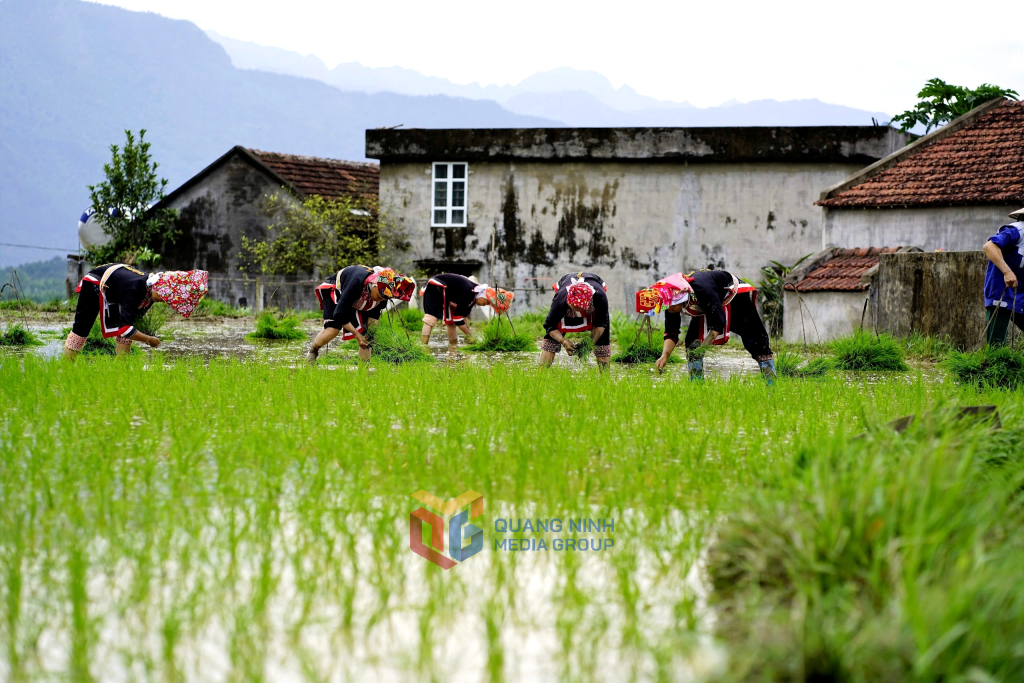
In recent years, Quang Ninh province has devoted many resources to realizing the goals of Resolution 06-NQ/TU, while implementing the Overall Program for Socio -Economic Development associated with ensuring national defense and security in communes, villages, and hamlets in ethnic minority, mountainous, border and island areas. In order to promote production, increase income and help people escape poverty sustainably, the province has paid special attention to investing in irrigation infrastructure systems serving agricultural production. This is not only a solution to support livelihoods but also an important driving force to help narrow the gap between rich and poor regions, improve the quality of life for people, and move towards sustainable and comprehensive development.
Binh Lieu is a mountainous, border district with a population of about 96% ethnic minorities, mainly Tay, Dao and San Chi ethnic groups. People's income mainly depends on agriculture and forestry. The district has a hilly terrain, many agricultural areas can only be cultivated once a year, or even abandoned due to lack of irrigation water, so people face many difficulties in economic development. To solve the difficulties of the people, the district's specialized departments and offices have surveyed and studied the terrain and developed a plan to build a dam and canal to provide water for the people here. In 2024, Binh Lieu has deployed the construction of 18 dam and canal projects, including 8 dams and 10 canals in the district's disadvantaged villages such as Song Mooc, Na Choong, Na Ang, Ngan Vang Duoi, Na Khau... The previously barren lands of the villages can now be cultivated year-round by the people, contributing to increasing income.
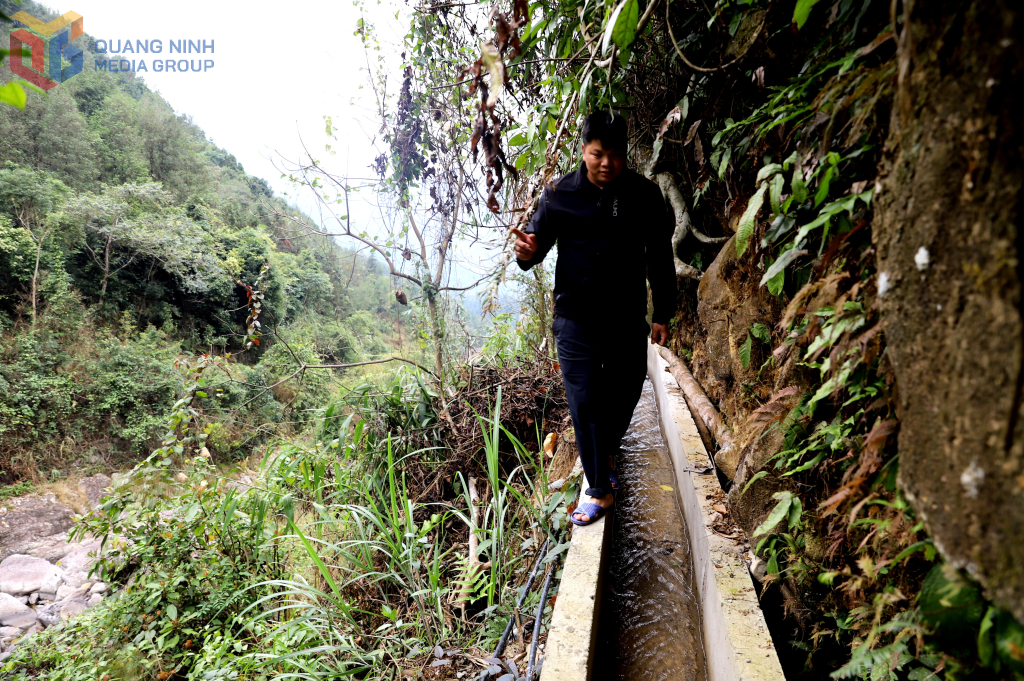
Mr. Phùn Tắc Thếnh (Sông Móc hamlet, Đồng Văn commune) said that in the past, the canals were mainly earthen canals, so when bringing water to irrigate the fields, we encountered many difficulties, the water seeped and leaked out, and when it rained heavily, there were landslides, so my family and many people in the village could only grow one crop. We also tried to grow other crops instead, but because there was no water for irrigation, the yield was not high. Now that there is a solid canal, my family is very happy, we can grow crops and raise livestock with peace of mind, without worrying about the lack of water for production like before.
At the same time, Binh Lieu district has also directed communes to actively carry out internal irrigation, review and inspect damaged irrigation works that need to be rebuilt or repaired to continue investing in upgrading and repairing. Up to now, Binh Lieu district has had over 170 large and small canals serving irrigation for local people.
Similar to Binh Lieu district, Tien Yen district has 50% ethnic minorities. Previously, people's cultivation relied on natural streams and streams and waited for rainwater. In high fields, people used small plastic pipes to bring water into the rice fields. Due to the lack of control over water sources, rice productivity and output are often not high. Through investment support programs and projects, many irrigation works in the district's highland communes have been built and put into use to promote production efficiency.
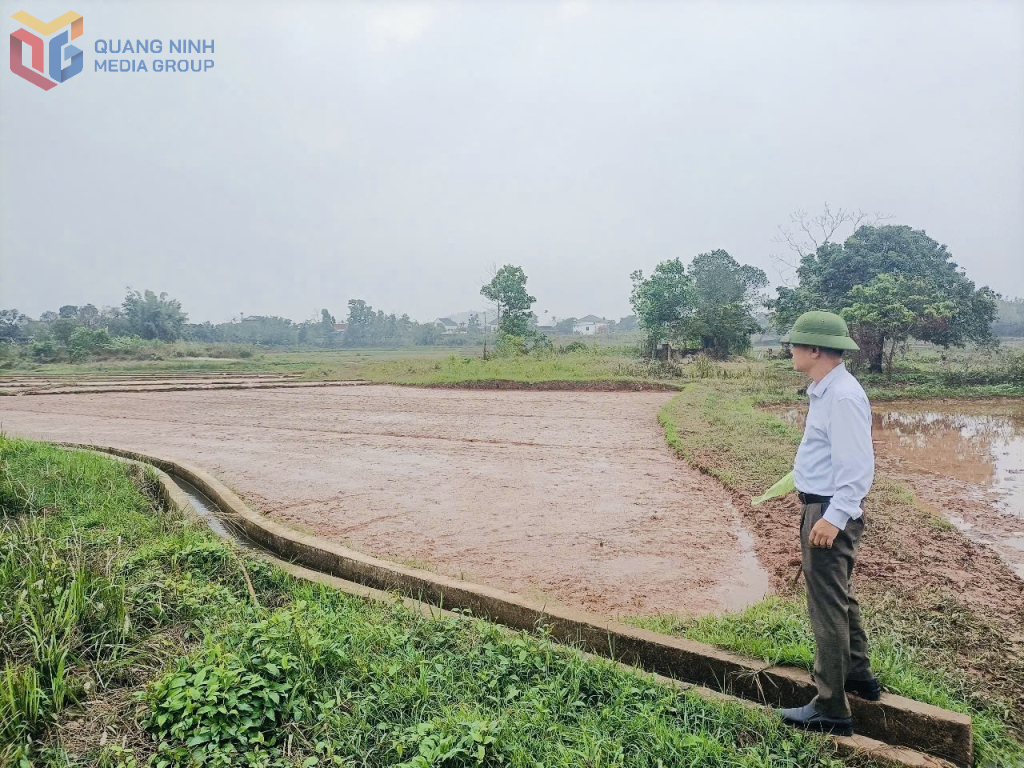
Typically, in Dong Ngu commune (Tien Yen district), many villages in the commune have steep mountainous terrain, short rivers and streams, strong flood water in the rainy season, and fast drying up in the dry season. Most ethnic minorities here can only cultivate one season. With the attention of the district and the province, Dong Ngu commune has invested in 5 large and small dams and 68 canals. In particular, to serve the needs of domestic water and agricultural production, in 2018, Dong Ngu commune invested in upgrading the Khe Tau reservoir irrigation project with a capacity of 5 million m3 . Currently, the lake has provided irrigation water for nearly 300 hectares of agricultural land growing rice, vegetables and other crops in Dong Ngu and Dong Hai communes.
Mr. Nguyen Van Hong, Chairman of Dong Ngu Commune People's Committee, said: The irrigation systems that have been invested in and put into use have helped people have conditions to cultivate and develop agricultural production. People can not only produce 2 rice crops per year but also grow many other crops such as Atlantic potatoes... The commune is also actively mobilizing investment capital to repair and upgrade the water infrastructure damaged by storm No. 3 in 2024 and expand the agricultural production area in areas with proactive irrigation water sources. At the same time, the commune continues to mobilize people to change crops to improve food production and people's lives.
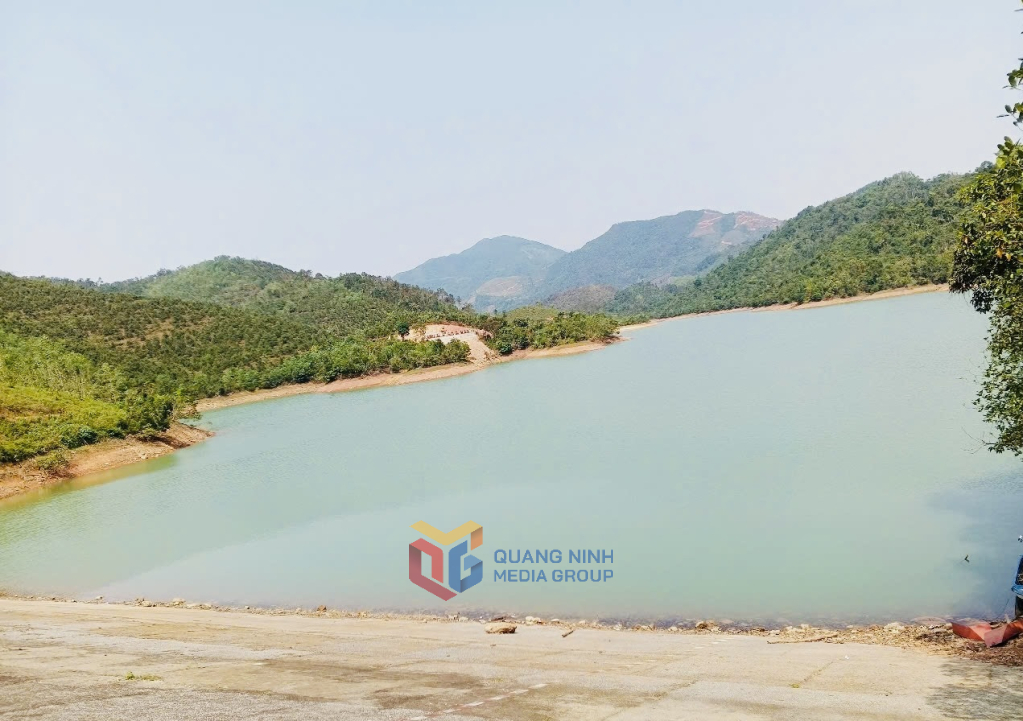
Currently, in Tien Yen area, there are a total of 16 irrigation lakes (4 irrigation lakes managed by the Eastern Irrigation Company, 12 irrigation lakes assigned to the People's Committees of communes for management), 11 dams; 6 irrigation and drainage pumping stations; a dike system with a total length of 42.406km; 307.8km of canals in the area.
Ensure proactive water source
Currently, Quang Ninh province has 176 operating reservoirs, with a total useful capacity of about 323.12 million m3 /year, of which 27 reservoirs provide multi-functional water with a total useful capacity of 257.4 million m3 . In particular, in the period of 2021-2025, in mountainous districts, 30 irrigation works have been invested in, including reservoirs, dams and canals, with a total cost of 129,464 billion VND. Although the potential water source in Quang Ninh province is quite abundant, the fluctuations between the flood season and the dry season are very large and only a part of that water source can be retained; most of the water flows on rivers, streams, basin surfaces and eventually flows into the sea. The remaining part is water stored in reservoirs, underground water or in natural lakes with a very small useful capacity compared to the potential water source. The system of water exploitation and use works is still sparse and unevenly distributed.
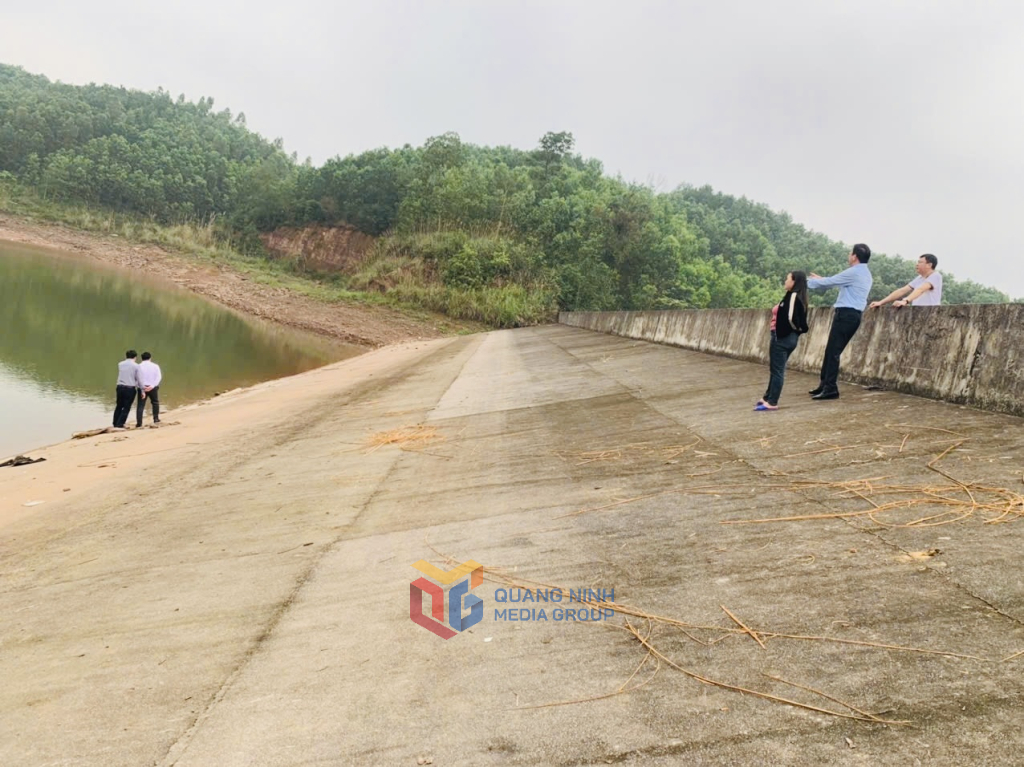
To proactively provide water in all situations, ensuring water quantity and quality, Quang Ninh province has a project "Ensuring water security in Quang Ninh province until 2025, with a vision to 2030" with the goal of proactively providing water for 85% of the area of land for two rice crops, 90% of the area of upland crops, with an irrigation level of 85%. Ensuring adequate water supply for livestock, the water supply standard for buffaloes and cows is 65l/day and night/head; pigs and goats is 25l/day and night/head; poultry is 1.5l/day and night/head. The goal by 2030 is to proactively provide water for 90% of the area of land for two rice crops, 95% of the area of upland crops, with an irrigation level of 85%. Ensure proactive water supply for concentrated, industrial, high-tech intensive aquaculture, water supply standards: Freshwater aquaculture is 12,000m3 /ha/year; brackish water aquaculture is 16,000m3 /ha/year.
To achieve the project's objectives, the province also proposed solutions such as: Investing in the construction of water storage and exploitation works (dams, pumping stations, seawater filtration equipment, etc.); repairing and upgrading existing works; improving the quality and developing water resources (planting forests, connecting reservoirs, etc.); strengthening and raising awareness of the conservation and development of natural wetlands; disseminating solutions and technologies for water-saving irrigation, especially in areas with difficulties in water resources; improving the efficiency of management and operation of water exploitation and use works; strengthening state management of water security and safety; attracting all resources to develop and protect water resources; promoting research, development and application of new, breakthrough, advanced, modern and smart scientific and technological solutions in the development, management and effective exploitation of water resources, and environmental protection...
The project will proactively and effectively respond to all types of water-related natural disasters, adapt to climate change, protect the environment, ensure the health, life and production of people in the whole province, so it is necessary to have a comprehensive project to ensure water security and prevent water-related natural disasters for the whole province.
It can be said that with the drastic attention of the entire political system in investing in irrigation infrastructure to serve production for people in difficult areas, the average income of ethnic minority people, mountainous, border and island areas in the whole province in 2024 will be nearly 7 million VND/person/month, an increase of 14.2% compared to 2023. The face of the countryside has many changes, people's lives have improved significantly.
Ngoc Tram
Source


![[Photo] Panorama of the Opening Ceremony of the 43rd Nhan Dan Newspaper National Table Tennis Championship](https://vphoto.vietnam.vn/thumb/1200x675/vietnam/resource/IMAGE/2025/5/19/5e22950340b941309280448198bcf1d9)
![[Photo] President Luong Cuong presents the 40-year Party membership badge to Chief of the Office of the President Le Khanh Hai](https://vphoto.vietnam.vn/thumb/1200x675/vietnam/resource/IMAGE/2025/5/19/a22bc55dd7bf4a2ab7e3958d32282c15)

![[Photo] General Secretary To Lam attends the conference to review 10 years of implementing Directive No. 05 of the Politburo and evaluate the results of implementing Regulation No. 09 of the Central Public Security Party Committee.](https://vphoto.vietnam.vn/thumb/1200x675/vietnam/resource/IMAGE/2025/5/19/2f44458c655a4403acd7929dbbfa5039)

![[Photo] Close-up of Tang Long Bridge, Thu Duc City after repairing rutting](https://vphoto.vietnam.vn/thumb/1200x675/vietnam/resource/IMAGE/2025/5/19/086736d9d11f43198f5bd8d78df9bd41)

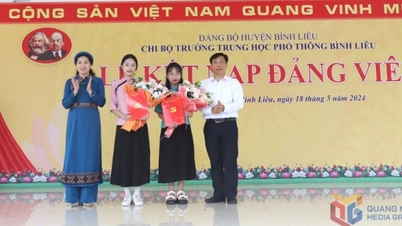

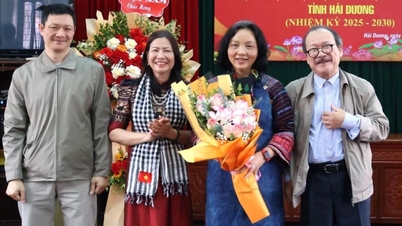
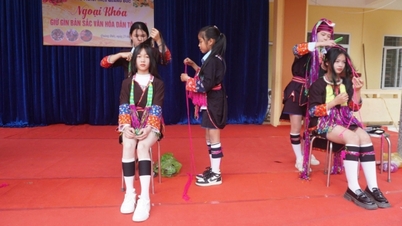

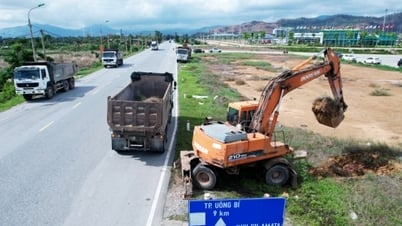

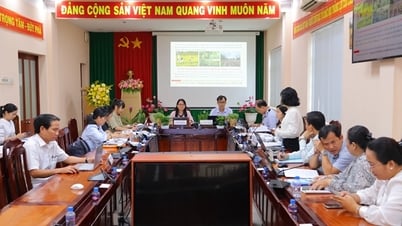
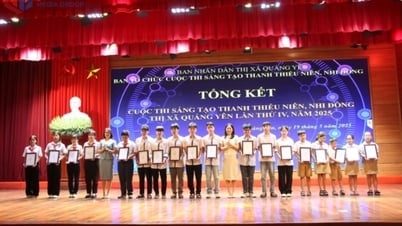
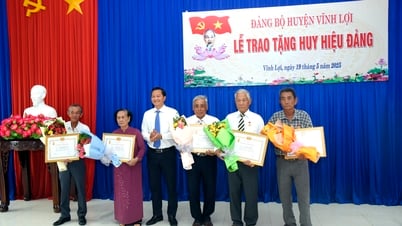
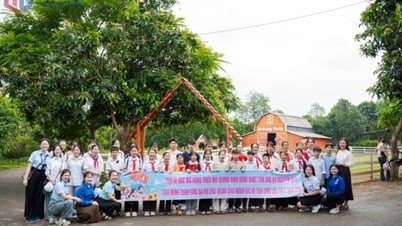
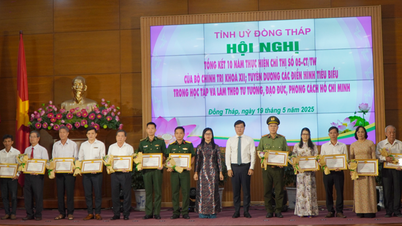









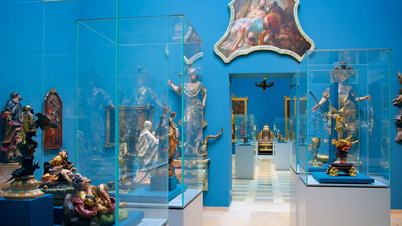
![[Photo] Prime Minister Pham Minh Chinh inspects the progress of the National Exhibition and Fair Center project](https://vphoto.vietnam.vn/thumb/1200x675/vietnam/resource/IMAGE/2025/5/19/35189ac8807140d897ad2b7d2583fbae)















































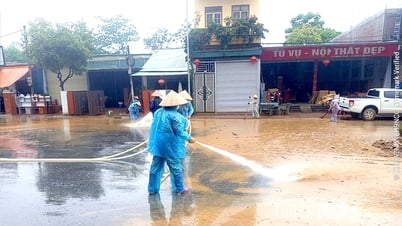









![[VIDEO] - Enhancing the value of Quang Nam OCOP products through trade connections](https://vphoto.vietnam.vn/thumb/402x226/vietnam/resource/IMAGE/2025/5/17/5be5b5fff1f14914986fad159097a677)



Comment (0)